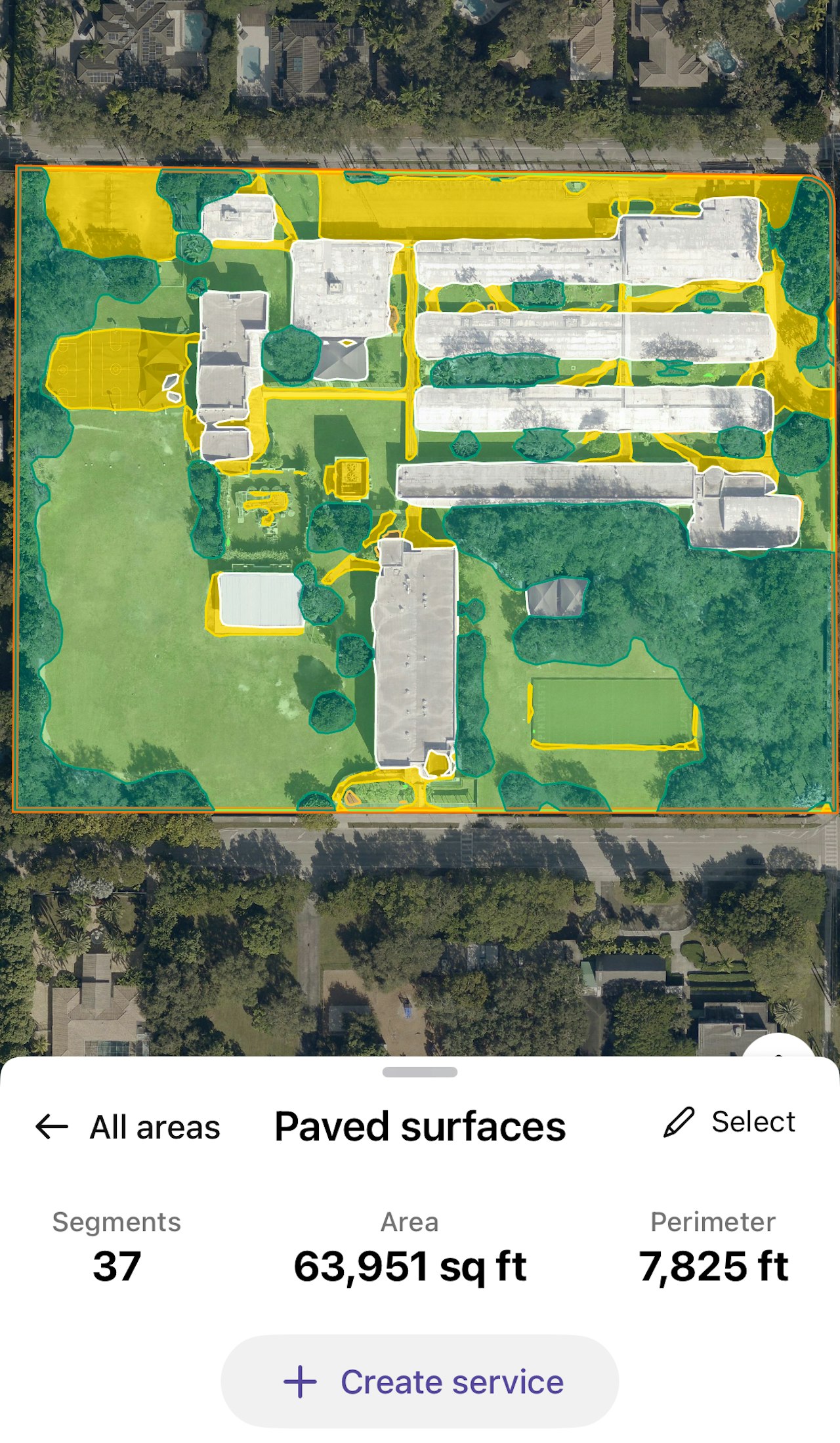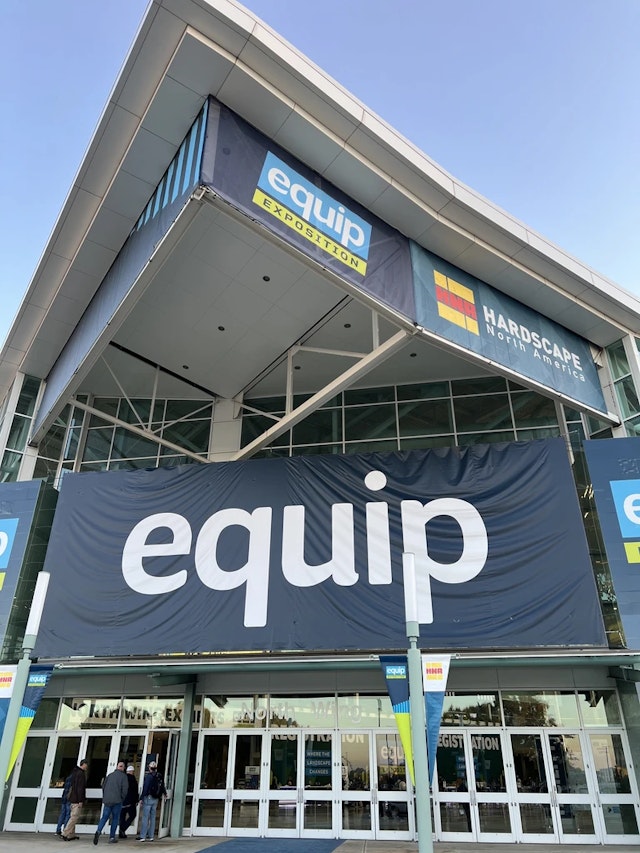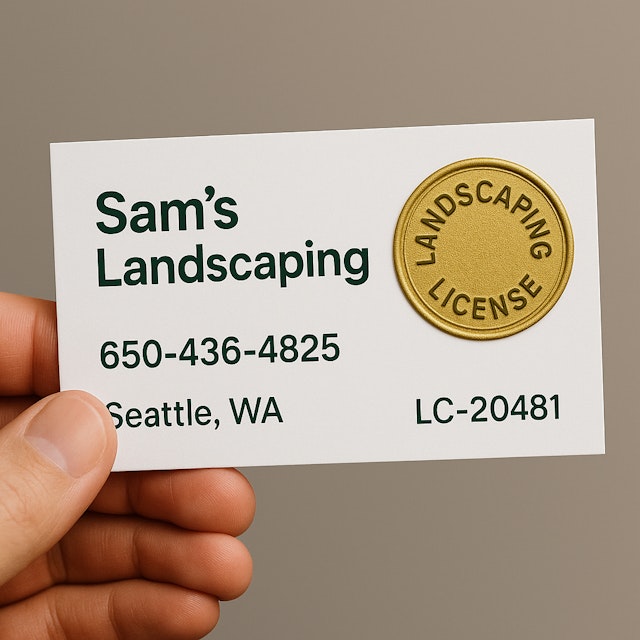Whether it is a simple lawn care or a complex hardscaping job, about one in 5 landscaping jobs can actually have negative profit margins.
There are many reasons for this: your material costs may be higher than you expected when you quoted the job, labor costs may come in longer than expected, or maybe it was more expensive than expected to rent that equipment or to access the job site.
However, most of the time that you lose money on the job it is not because of things that you included in your bid, it is because of the things that you did not include. In other words, you were not detailed enough in your landscaping estimates, and something unexpected affected your landscaping project.
This guide isn't about throwing out arbitrary figures. It's about empowering you with a systematic approach, a deep understanding of your true costs, and the confidence to price your services for sustainable growth. Let's transform your estimating process from a guessing game into a strategic advantage.

 Operations
Operations



